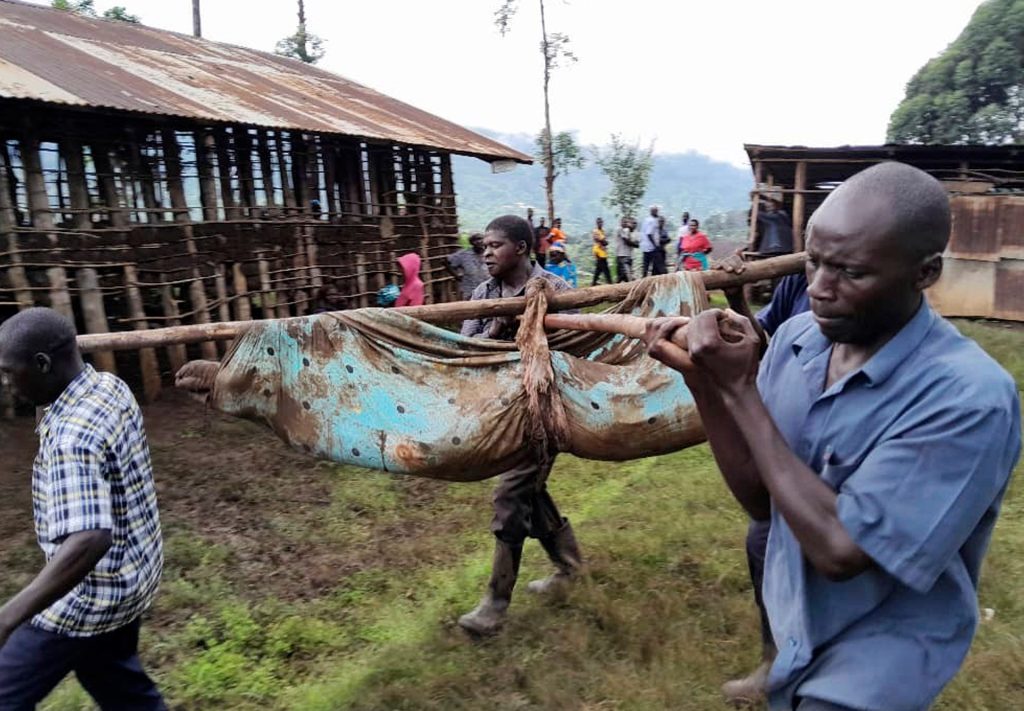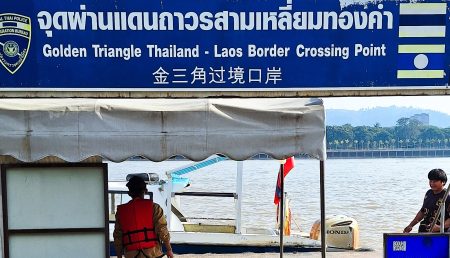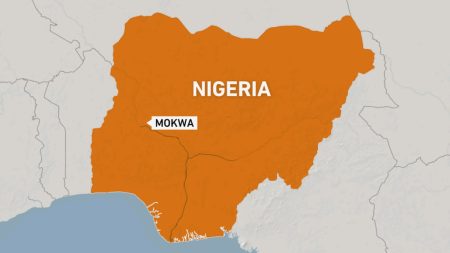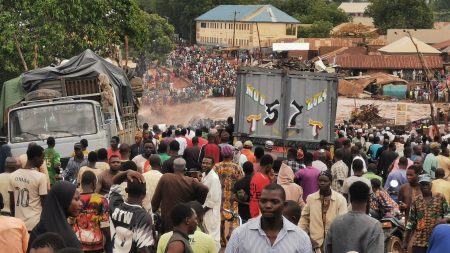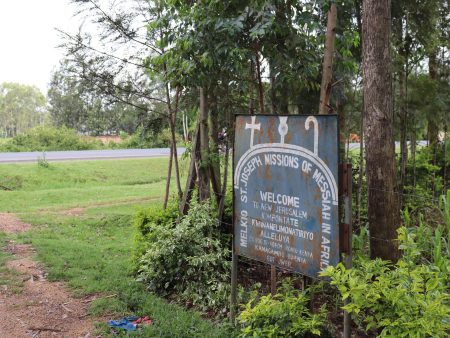In Bulambuli district, eastern Uganda, a devastating series of landslides instigated by relentless heavy rainfall has severely impacted local communities, leading to significant loss of life and property. According to recent updates from police, at least 15 people have been confirmed dead, while over 100 individuals remain unaccounted for following the catastrophe that struck six villages. The affected area, characterized by its mountainous terrain, has seen homes engulfed by large swathes of earth, creating treacherous conditions for any potential rescue attempts. Local media reports and social media posts reveal harrowing scenes of residents attempting to uncover survivors amid the debris in affected villages, particularly in Masugu and Kimono.
The Uganda Red Cross Society is actively involved in ongoing search and rescue operations, although officials caution that the number of confirmed fatalities may rise as efforts continue. District commissioner Faheera Mpalanyi reported to AFP the recovery of six bodies, including that of an infant, indicating the devastating human toll of the disaster. She expressed the community’s dire situation, stating that many families articulated concerns over potential victims still trapped beneath the massive earth slides, leading to fears that the eventual death toll could reach as high as 30 individuals.
The incessant rainfall that triggered the landslides has also led to flooding in other regions, particularly in the northwest, complicating the disaster response efforts. As tributaries of the Nile River overflowed, the prime minister’s office issued a disaster alert, warning citizens of the considerable risks posed by the floods. Major roadways throughout the country have been rendered impassable, isolating many communities and stranding travelers, with emergency response teams deployed to assist those affected.
As emergency services scramble to manage the situation, a critical route connecting Uganda to South Sudan has been severely impacted, further extending the implications of the disaster beyond Bulambuli district. Emergency boat crews were dispatched near Pakwach to assist stranded motorists, a move that unfortunately resulted in tragedy when one of the boats capsized, leading to the death of an engineer. Reports like these highlight the scale of the challenge facing Uganda as it grapples with both recovery efforts and future preventative measures.
With the situation deteriorating, community leaders and government officials are calling for a coordinated response to ensure the safety of those at risk and to effectively manage the escalating crisis. The events in Bulambuli underscore the increasing threats posed by climate change and erratic weather patterns, as heavy rainfall and subsequent landslides become more common. There’s an urgent need for better disaster preparedness and more resilient infrastructure to mitigate the impact of such occurrences on vulnerable communities in the region.
As Bulambuli district faces the immediate aftermath of these tragic landslides, the focus remains on recovery and support for affected families. The call for both local and international assistance is paramount as Uganda seeks to rebuild and ensure that safety measures are put in place to prevent future disasters. As the nation mourns the loss and rallies support for the communities in distress, there’s a collective hope that lessons learned from this tragedy will pave the way for more robust disaster management strategies in the face of environmental challenges.




